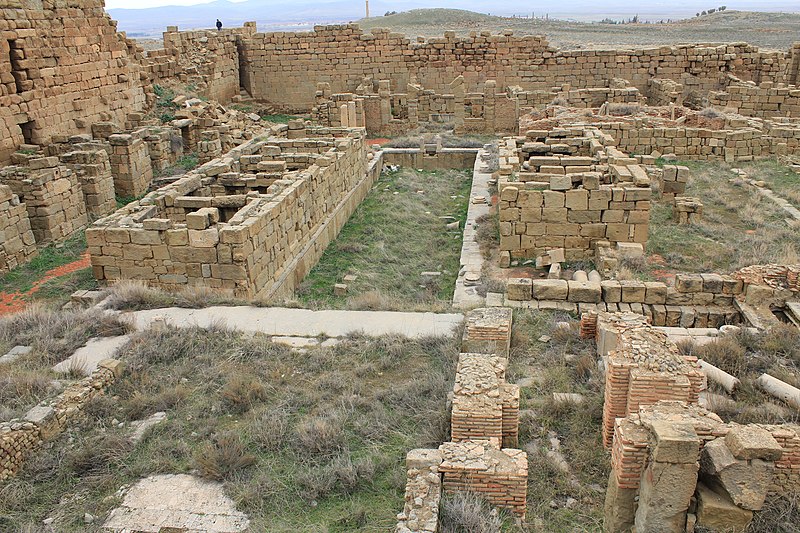Timgad

Facts and practical information
Nestled in the shadow of the Aurès Mountains in Algeria lies Timgad, a remarkable archaeological site that stands as a testament to Roman town planning. Founded by Emperor Trajan around AD 100, Timgad was constructed as a military colony to protect the empire's African territories. Today, it offers an extraordinary glimpse into ancient urban design and daily life.
The ruins of Timgad stretch across a plateau, showcasing a rectangular grid pattern that is a hallmark of Roman city planning. The city's streets intersect at right angles, converging on the forum—the social and political heart of the metropolis. This ancient center is surrounded by the remnants of prominent public buildings, including a basilica, a temple, and the arch of Trajan that looms at the city's entrance.
One of the most striking features of Timgad is its grand theater, which once seated approximately 3,500 spectators. The structure's preservation allows visitors to envisage the grandeur of Roman entertainment. The site also boasts a library, one of the few known from the Roman world, indicating the city's historical emphasis on learning and culture.
The ruins are replete with private homes, shops, and a sophisticated network of baths, illustrating the Roman commitment to public hygiene and communal life. Timgad's streets are flanked by columns and paved with large stones, and the remains of an intricate system of water channels reveal the engineering prowess that supplied the city with water from distant mountains.
As a UNESCO World Heritage site, Timgad is not only a treasure of Algeria but also of humanity, offering insight into a civilization that has profoundly influenced the modern world. The city's preservation allows archaeologists and historians to study its layout, public monuments, and private dwellings, providing a comprehensive picture of Roman urbanism and architecture.
Batna
Timgad – popular in the area (distance from the attraction)
Nearby attractions include: Arch of Trajan.








